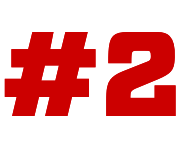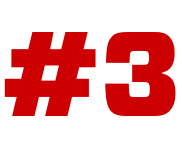Capital Equipment:
Capital equipment is defined as a single item (not invoice) that costs $5,000.00 or more, is freestanding and has a use life of one year or more. Please fill in box #17 on your Requisition entitled “Asset Control Unit #,” for all such purchases. Purchases of capital equipment with accounting distributions using a project number are subject to approval from Grants and contracts Accounting prior to encumbering funds and the order being placed.
Non-Capital Equipment:
The Property Accounting Office wants to inform you of the required changes to noncapital equipment account codes due to the recent revision of Policy 3-041: accountability for noncapital equipment. The revisions now include three categories of assets, physical inventory requirements of these categories are outlined below.



Fabricated Equipment:
What is Fabricated Equipment?
Fabricated equipment is defined as scientific or other complex equipment comprised of several components that are fabricated/built into a single functional unit. Fabricated equipment is capitalized as a single asset for a combined total cost of more than $5,000 and a useful life greater than one year. Typically, these components would be purchased with separate transactions and may be from multiple vendors. All components must function as a singular unit and will be collectively disposed of at the end of the useful life of the equipment. Individual components cannot be used independently of the remaining pieces of fabricated equipment and cannot function separately apart from the fabricated unit to which it is attached.
Additions to Equipment
In order to have uniformity in accounting for additions to capital and insurable equipment, the following guidelines shall be followed:
- “Repair” or “maintenance” expenditures shall be recorded as a current expense regardless of the amount. A repair or maintenance expenditure is one that maintains the property at its existing level or existing life of service, such as painting, repair, miscellaneous parts, and normal servicing
- In general, additions to equipment costing less than $1,000.00 shall not be recorded as equipment. An exception occurs when the original equipment and the addition are purchased within a 12-month period. The addition becomes an integral part of the original purchase (to produce a single functional unit), and the addition significantly extends the useful life or substantially increases the value or capability of the equipment.
If the result of the addition increases the aggregate cost of the equipment, but the total is still less than $4,999.99, the addition shall not be recorded as a capital asset. If the result of the addition increases the aggregate cost to $5,000.00 or more, the addition shall be recorded as capital equipment and the original purchase cost should be transferred to a capital equipment account by journal entry to correct.
Any questions about capital/non-capital/fabricated equipment should be directed to Property Accounting.
